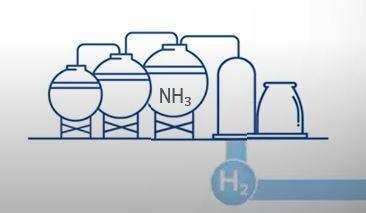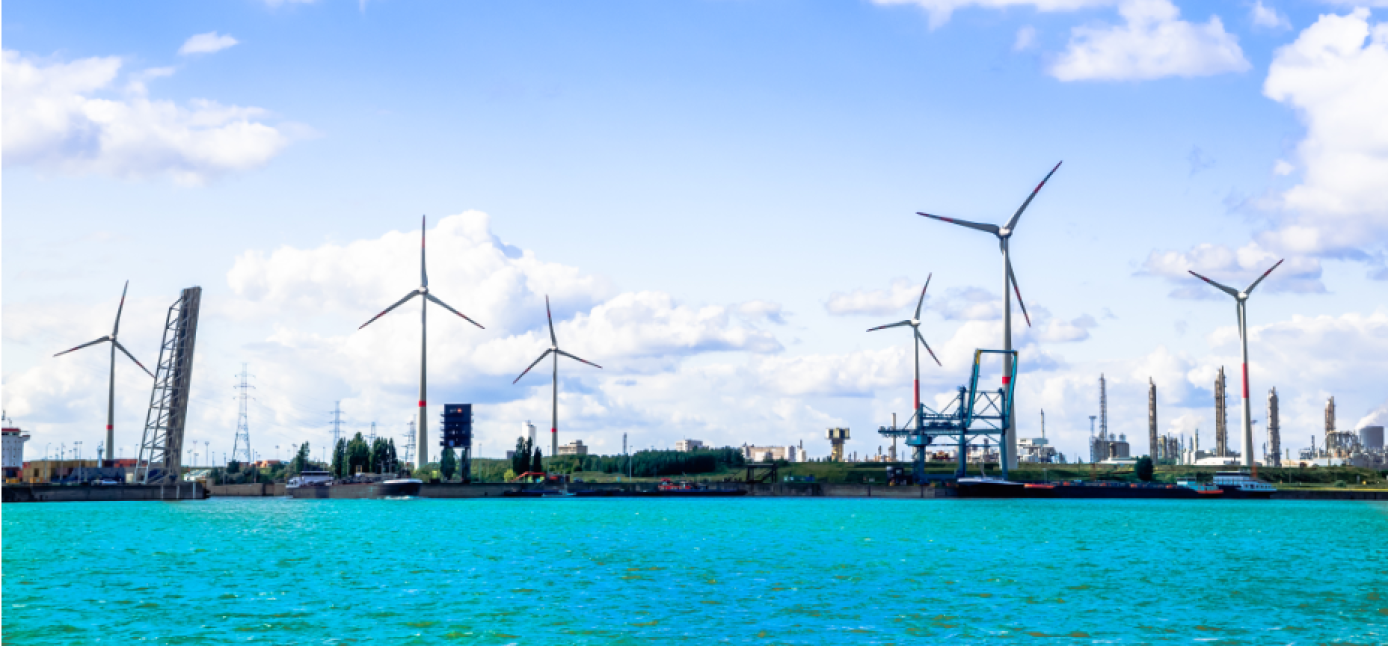
Launch project HyPACT, researching a more efficient process for cracking green ammonia
On Oct. 1, the HyPACT ("Hydrogen through Plasma Ammonia Cracking Technology") project was officially launched. Project partners are UAntwerpen, KULeuven and WaterstofNet, which initiated and is also coordinating the project. In HyPACT, the partners are investigating whether an alternative process, based on plasma technology, can provide a more efficient method of converting ammonia (NH₃) to hydrogen.
Ammonia is a promising carrier for transporting green hydrogen over long distances, mainly because of its high energy density and the fact that it is a CO2-free carrier. However, the application of ammonia is limited to a few industrial sectors, so 'cracking' ammonia back to hydrogen is an essential step. Existing processes to 'thermo-catalytically' crack ammonia are energy intensive and use costly catalysts. So in the HyPACT project, the 3 partners will investigate whether the process based on plasma technology can convert ammonia to hydrogen in a more cost-efficient way.
Three Flemish research groups are working together on this: The University of Antwerp brings to this project the knowledge around plasma reactors (research group PLASMANT, Prof. Dr. Annemie Bogaerts) and around ultra-pure extraction of hydrogen from different carriers (research group DuEL, Prof. Dr. Patrice Perreault). KULeuven is contributing its expertise on catalysts (research group COKKAT, Prof. Dr. Johan Martens). WaterstofNet assumes the project coordination, brings application knowledge and ensures the link with interested industrial stakeholders.
The project will run for 2.5 years and receives support from the Belgian, federal Energy Transition Fund.

